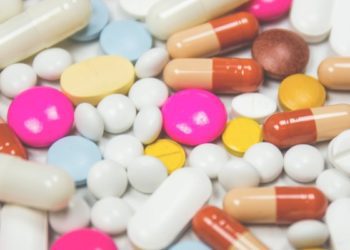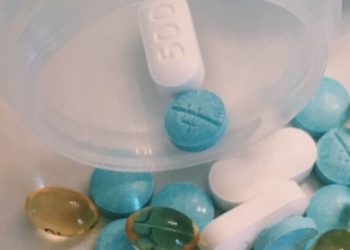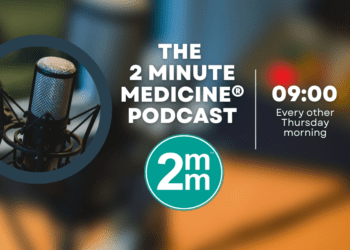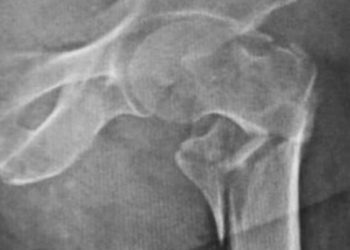ED-initiated buprenorphine/naloxone treatment linked to increased enrollment in addiction treatment
1. When compared to opioid-dependent patients randomized to receive either screening and brief intervention or screening and a referral for addiction treatment, opioid-dependent patients who were randomized to receive emergency department (ED)-initiated buprenorphine/naloxone treatment demonstrated increased rates of participation in addiction treatment programs at 30 days post-randomization.
2. While the opioid-dependent patients who received Emergency Department-initiated buprenorphine treatment additionally demonstrated both decreased utilization of inpatient addiction services and decreased self-reported opioid use, there was no significant difference between the percentages of opioid urine tests that tested positive in the three groups.
Evidence Rating Level: 1 (Excellent)
Study Rundown: Buprenorphine is a partial opioid agonist used for the management of prescription opioid and heroin dependence. It is often combined with naloxone, an opioid antagonist. While an approach involving patient screening, brief intervention, and referral to addiction treatment services has been previously shown to reduce alcohol and tobacco use, this approach has been less successful when applied to illicit drug use. This study thus investigated the effect of Emergency Department (ED)-initiated buprenorphine/naloxone treatment on participation in addiction treatment programs when compared to brief intervention or referral.
This study randomized opioid dependent patients to either screening and referral; screening, brief intervention and referral; or screening, brief intervention, ED-initiated buprenorphine/naloxone, and referral. The ED-initiated buprenorphine/naloxone group demonstrated higher rates of participation in addiction treatment programs, decreased utilization of inpatient addiction services, and decreased self-reported opioid use. There was however no significant difference in the percentage of urine opioid tests that tested positive in each treatment group. While this study is weakened by its inclusion of only 329 patients within one ED and its limited follow-up interval, it is strengthened by its inclusion of a large screening population of 71742 patients and the uniformity of treatment services provided to patients in each treatment group. Based on this study, it may be sensible for physicians to begin buprenorphine/naloxone treatment in the ED, but further research is first required to ensure replicability of these promising results.
Click to read the study, published today in JAMA
Relevant Reading: Screening and brief intervention for drug use in primary care: the ASPIRE randomized clinical trial.
In-Depth [randomized controlled trial]: This study randomized 329 patients in the ED of a single large urban teaching hospital in a 1:1:1 ratio to either screening and referral; screening, brief intervention and referral; or screening, brief intervention, ED-initiated buprenorphine/naloxone, and referral. At day 30, 89 of 114 patients (78%; 95%CI 70%-85%) in the buprenorphine group were engaged in treatment compared to 38 of 102 patients (37%; 95%CI 28%-47%) in the referral group and 50 of 111 patients (45%; 95%CI 36%-54%) in the brief intervention group (p < .001). The buprenorphine group showed reductions in the mean number of self-reported days of illicit opioid use over the prior week, from 5.4 days (95%CI 5.1-5.7) to 0.9 days (95%CI 0.5- 1.3) compared to 5.4 days (95%CI 5.1-5.7) to 2.3 days (95%CI 1.7-3.0) in the referral group and 5.6 days (95%CI 5.3- 5.9) to 2.4 (95%CI 1.8-3.0) in the brief intervention group. Inpatient addiction treatment services at rates of 37% (95%CI 27%-48%) and 35% (95%CI 25%-37%), respectively. The buprenorphine group used such services at a rate of 11% (95%CI 6%-19%, p < .001). There was no significant difference in the rates of positive urine opioid tests among the three groups (p = 0.17).
Image: PD
©2015 2 Minute Medicine, Inc. All rights reserved. No works may be reproduced without expressed written consent from 2 Minute Medicine, Inc. Inquire about licensing here. No article should be construed as medical advice and is not intended as such by the authors or by 2 Minute Medicine, Inc.







